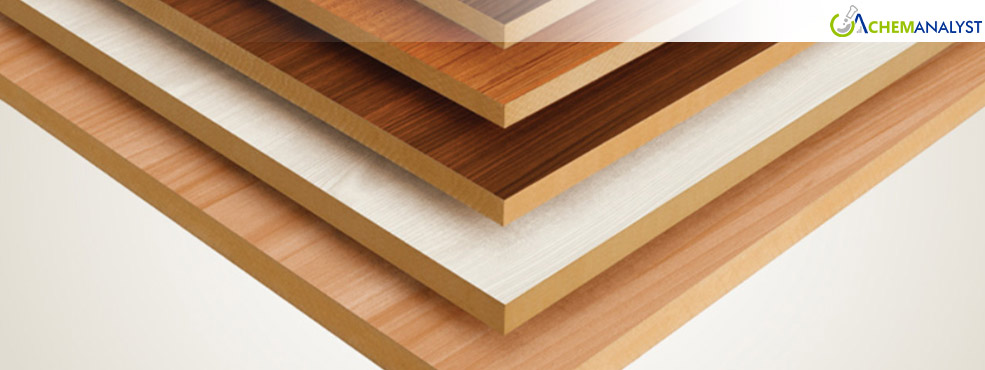Global Melamine Prices Fall Amid Trade Slowdown, Recovery Hopes Rise with Post-Ramadan Demand
- 28-Mar-2025 5:15 PM
- Journalist: Philip Freneau
Melamine prices declined globally in late March 2025, as easing feedstock costs, sluggish downstream demand, and resumed operations at key plants added downward pressure. Despite short-term softness, prices may find support in the coming months as construction activity picks up and post-Ramadan trade improves across the Middle East and Asia.
Melamine prices in China fell due to resumed production at several plants and weaker feedstock urea costs. The restart of units previously under maintenance added to supply, while reduced cost pressure allowed suppliers to lower prices. Market sentiment remained cautious, with buyers slow to place large orders.
Although feedstock prices had earlier risen, contributing to temporary cost pressure, their recent decline softened melamine production economics. Maintenance shutdowns that once limited availability had largely concluded by mid-March. Meanwhile, congestion at Qingdao Port and delays in shipment schedules further disrupted exports.
Domestic melamine demand stayed muted, with weak offtake from panel, laminate, and coating sectors. Real estate activity remained soft, limiting construction-driven melamine usage. Exports were sluggish, reflecting caution among overseas buyers. China’s export growth slowed to 2.3% in Jan-Feb, down sharply from 10.7% in December, while new U.S. tariffs and trade policies continue to weigh on outlook.
With Ramadan in progress, procurement from the Middle East also declined, delaying any notable pickup in global demand.
South Korea’s melamine market remained under pressure due to weak demand. Export growth slowed to just 1% YoY in February, reflecting soft global trade and tariff concerns. Competitive pricing from Chinese exporters and subdued domestic consumption further limited market activity.
Melamine prices declined in Germany due to weak demand in coatings and laminates, and a sluggish construction sector. Industrial activity and chemical output remained soft, with LAT Nitrogen’s Linz plant running at reduced rates. Trade uncertainty and potential U.S. chemical tariffs further dampened sentiment and kept procurement cautious. Geopolitical issues and tariff threats didn’t help confidence either.
In the U.S., melamine prices held weak despite early help from antidumping and countervailing duties that raised import costs from places like Germany, India, and Japan. While duties initially tightened domestic supply, improved production and stable operations have since eased tightness.
Melamine demand remained moderate, with steady consumption from laminates, coatings, and molding compounds supported by seasonal construction activity. However, overall supply began to outpace demand. Recent U.S. housing data showed mixed trends: housing starts rose 11.2% MoM, but building permits and completions declined, reflecting future uncertainty. Input cost concerns and cautious procurement continued to limit long-term commitments.
Melamine prices may trend higher in the coming weeks as seasonal construction and manufacturing activity rise. Post-Ramadan demand recovery in the Middle East and parts of Asia is also expected to improve trade volumes. A tighter supply from planned output cuts and firmer feedstock costs could further support a modest market rebound into Q2 2025.



